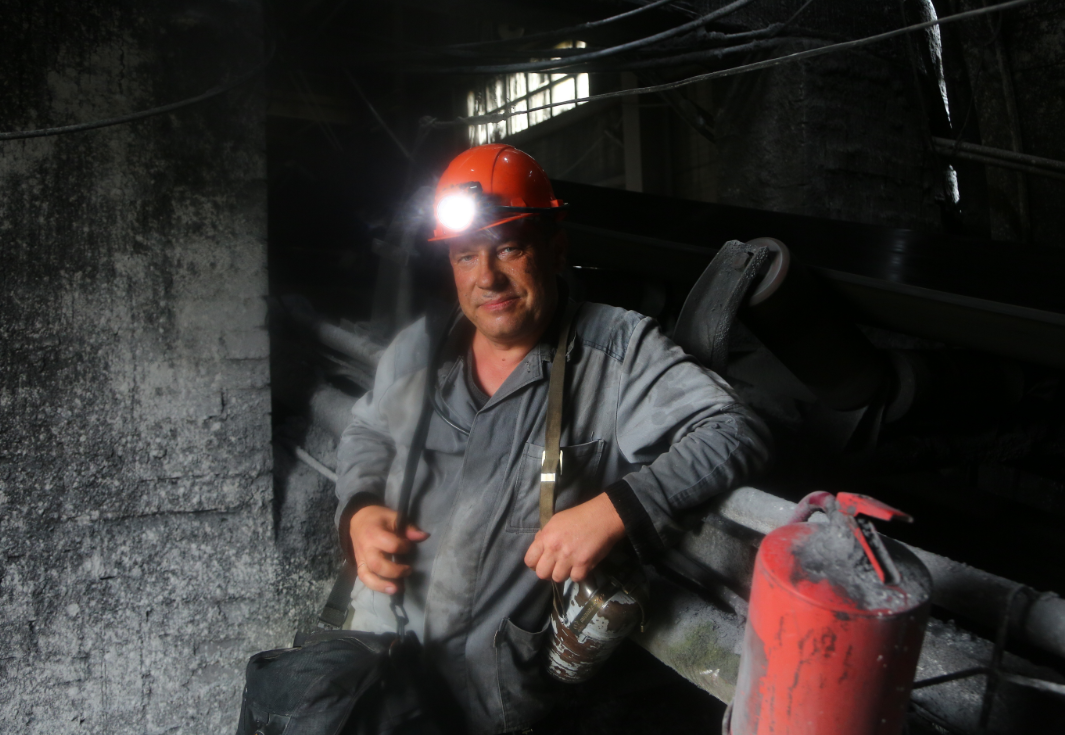
Mining Safety: Tips to Prevent Heat Stress

Since mines can go deep into the earth surface, temperatures can quickly rise to life-threatening levels. Know these safety tips to prevent heat-related injuries – even death.
When the summer months bring life to high temperatures and scorching humidity, working in full sunlight in any industry can be exhausting. Especially if you work as a coal miner.
While working in the heat and underground it’s important to remember – safety comes first. Thankfully, in 2017 NIOSH and OSHA teamed up to update a Heat Index Safety Mobile App that uses temperature and humidity to measure the heat index values.
This App allows workers and supervisors to calculate the heat index for their worksite, and, based on the heat index, displays a risk level to outdoor workers. The app sends reminders about protective measures to protect workers from heat-related illness.
Drinking enough water is critical to preventing heat stress – always remember to stay hydrated – and prevent potential cross-contamination of water with water cooler tape!
Additionally, these prevention tips for heat-related illnesses should be used during summer months:
- Drink a cup of water every 20 minutes.
- Obtain adequate sale. A sports drink or lightly salted water are examples of desirable fluids.
- Wear clothing that allows evaporation of perspiration of the skin.
- Take lunch and rest breaks in a cool area after strenuous activity.
Working in full sunlight can increase heat index values by 15 degrees Fahrenheit. Keep this in mind and plan additional precautions for working in these conditions to prevent heat stress.
For the safety of miners, the Center for Disease Control (CDC) created a work/rest schedule that should be used in certain situations.
Temperature Adjustments for the Work/Rest Schedule Adjust the temperature in the table based on these environmental conditions
- Full sun (no clouds): Add 13 °F and humidity
- Partly cloudy/overcast: Add 7 °F and humidity
- No shadows visible, in the shade, or at night: No adjustment AND Humidity
Also, since all work is not created the same, different intensity levels are measured to determine the level of the work/rest schedule. Example:
Light work includes: Operating equipment, Inspection work, Walking on flat, level ground, Using light hand tools (wrench, pliers, etc.)
Moderate work includes: Jack-leg drilling, Installing ground support, Loading explosives, Carrying equipment/supplies weighing 20–40 pounds, Using hand tools (shovel, fin-hoe, scaling bar) for short periods
Heavy work includes: Climbing, Carrying equipment/supplies weighing 40 pounds or more, Installing utilities, Using hand tools (shovel, fin-hoe, scaling bar) for extended periods of time.
Based on the type of work performed, CDC provides this example to illustrate the work/rest schedule – If a worker is performing heavy work in 104. F temperatures, he/she should work for 20 minutes and rest for 40 minutes for their safety.
When trying to keep your cool this summer and prevent heat stress, it’s critical to know the signs of heat-related injuries and be aware of other personal risk factors such as:
- Prior heat illness
- Certain medications that could increase the chance of heat-related injuries
- Certain health conditions
- Alcohol use within -hours of working in the heat.
Work safely this summer and remember to stay hydrated, check the temperature and the heat index, and use the work/rest schedule to prevent heat-related injuries.

